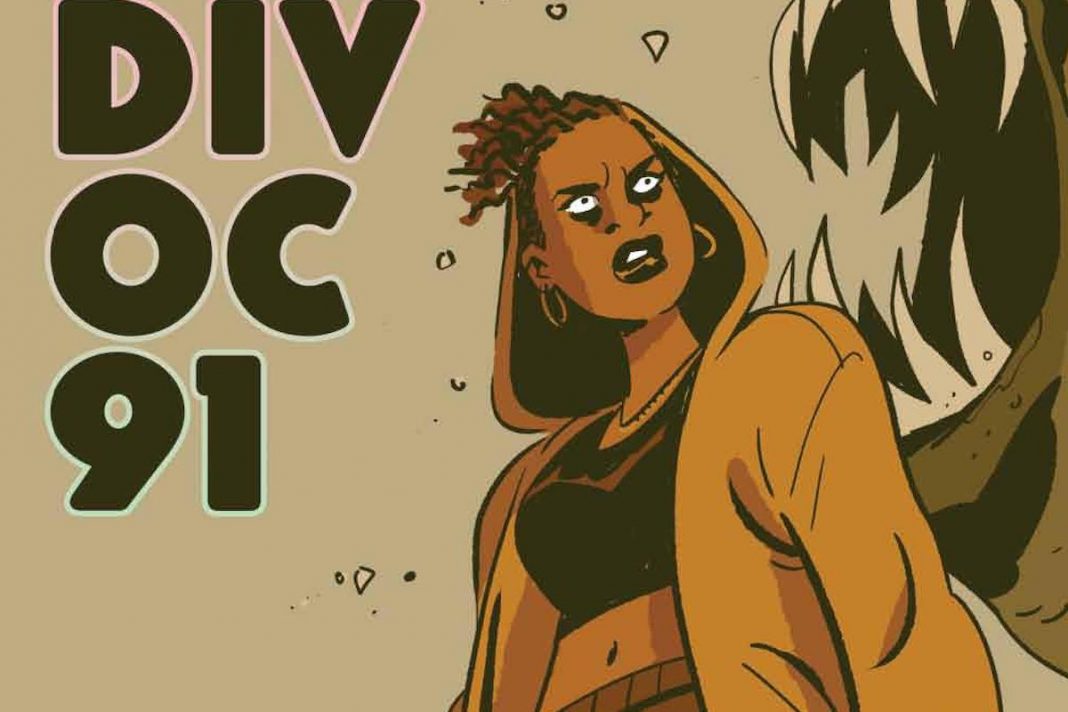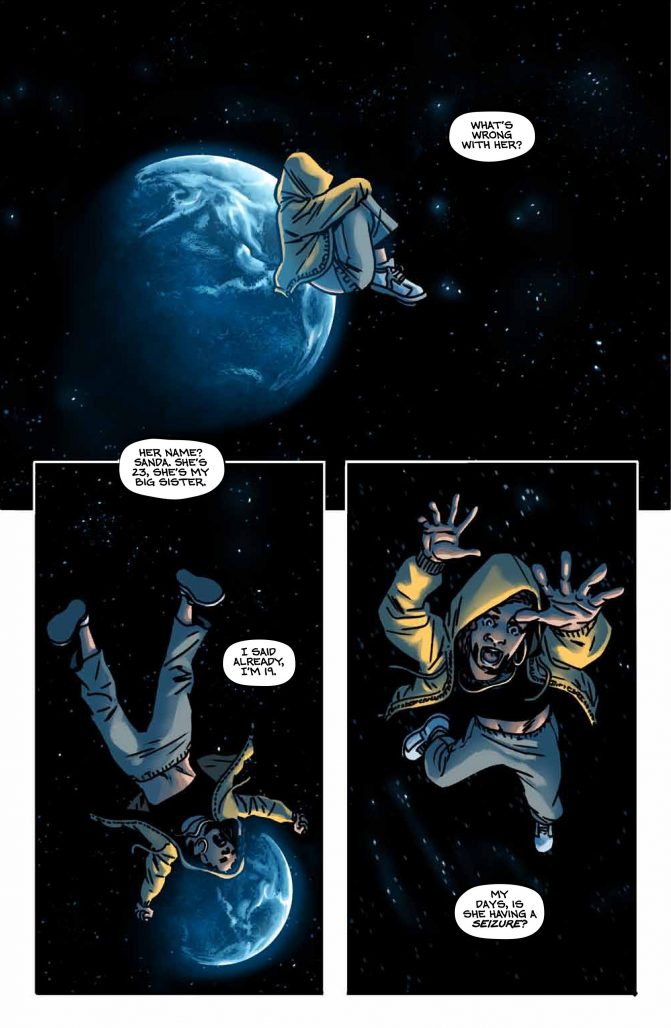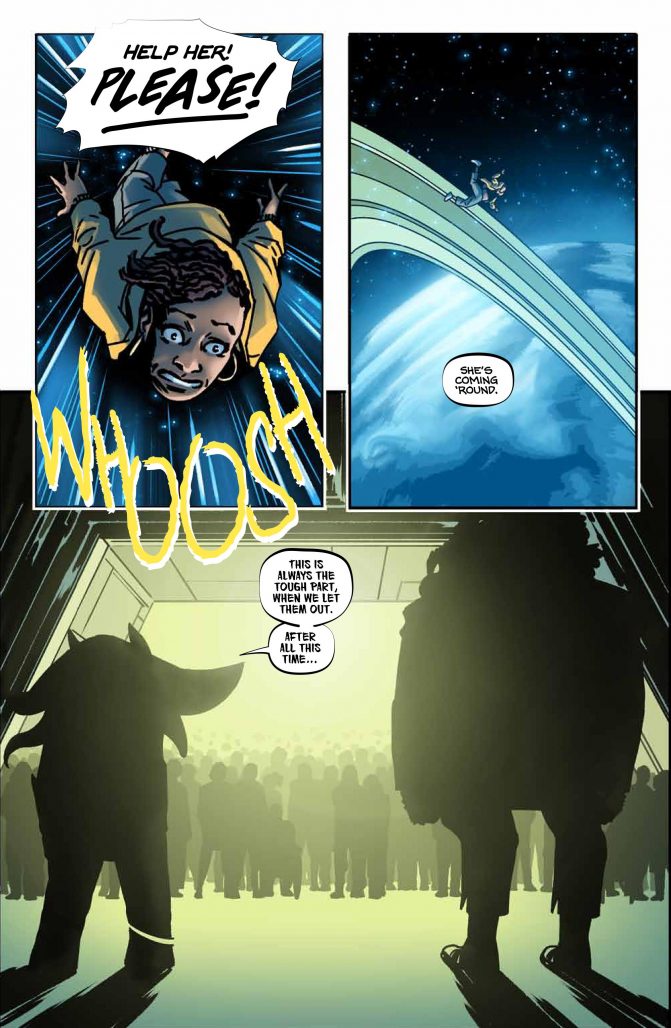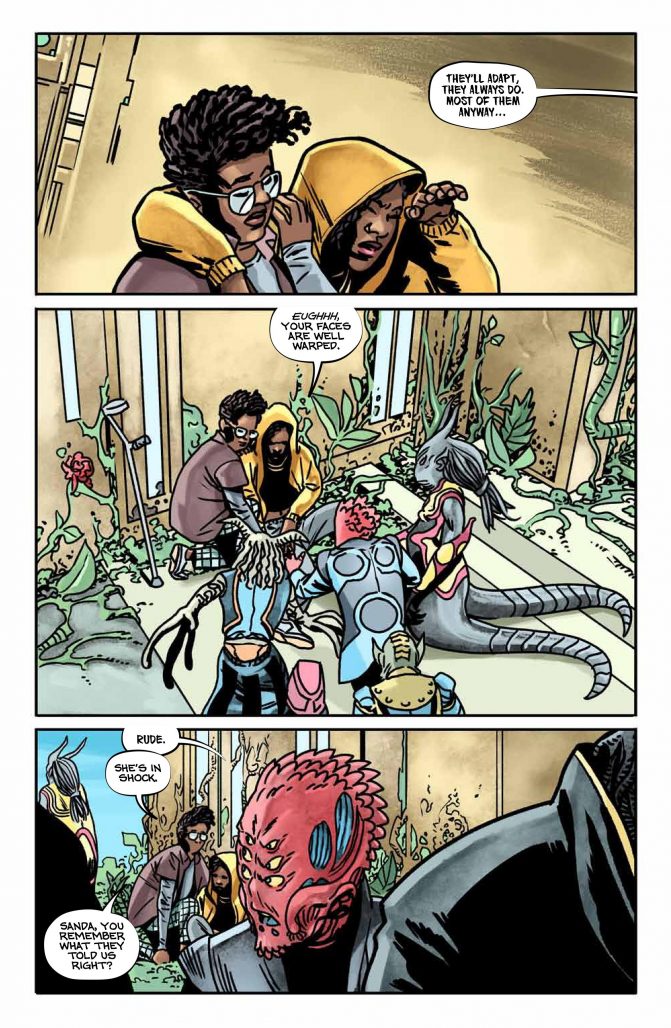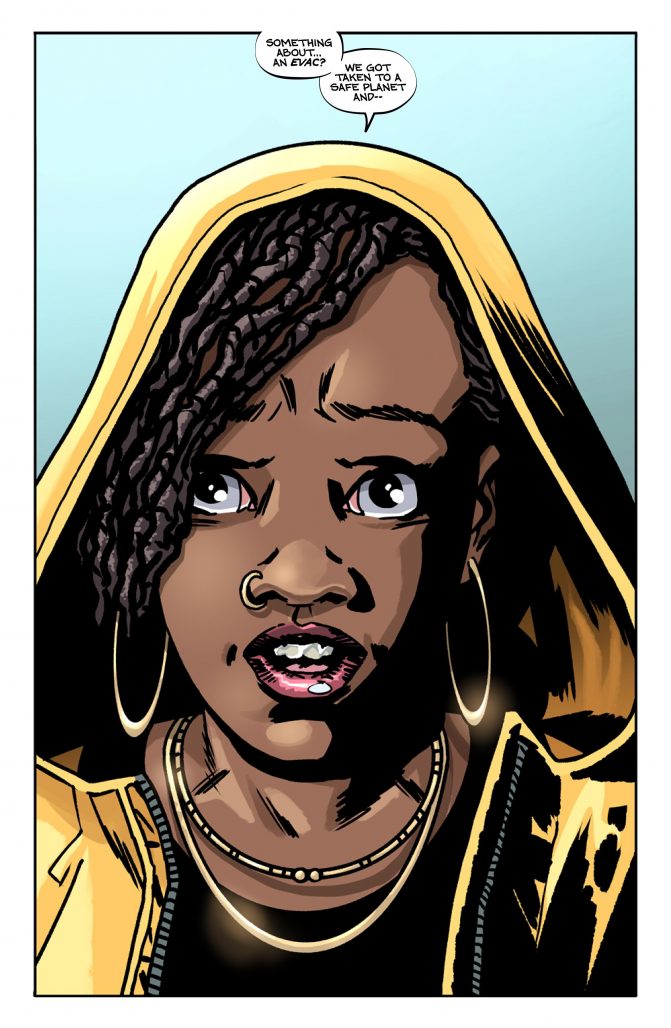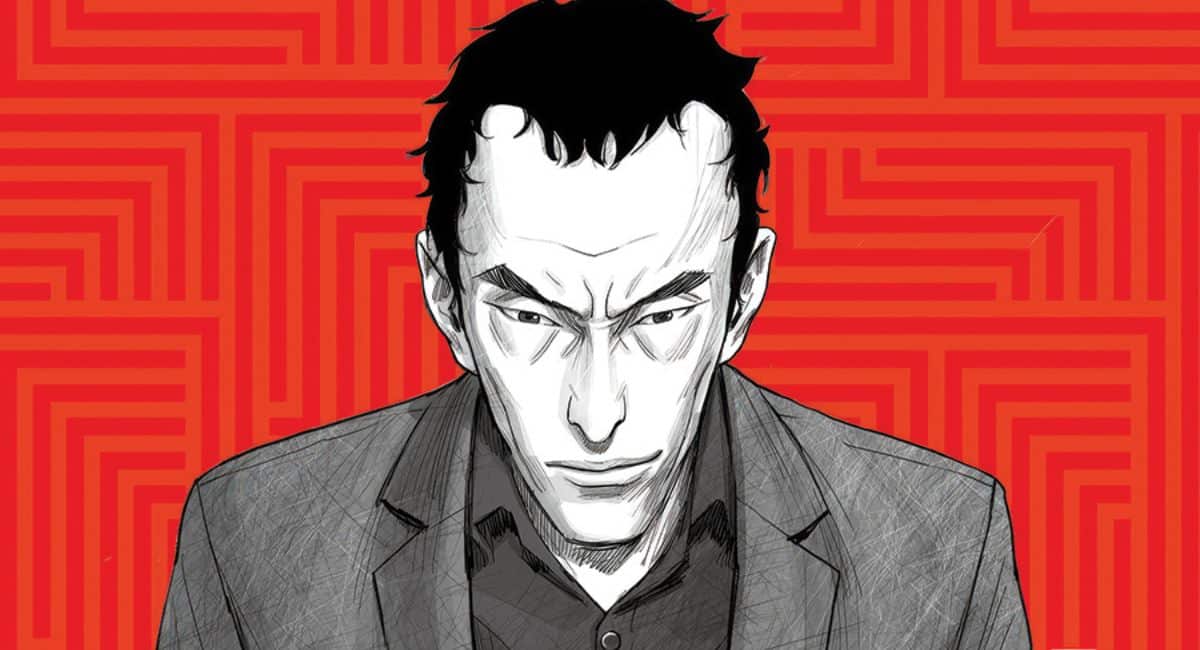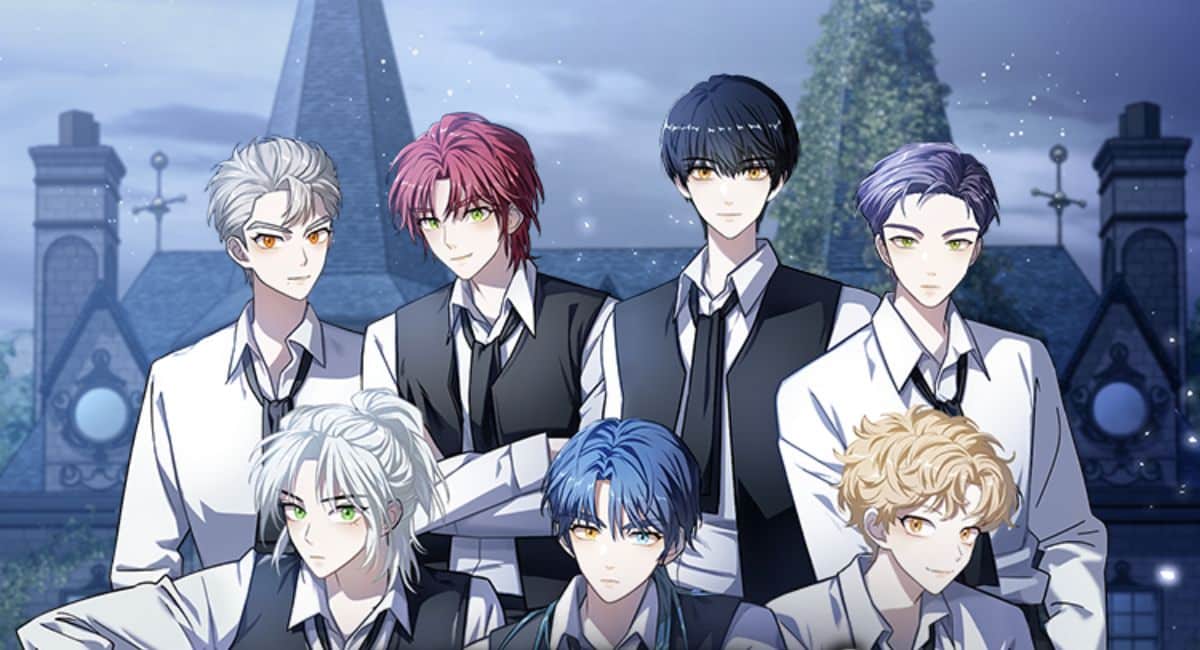Planet DIVOC-91 is a new project on Webtoons that will see a wide range of creators from throughout comics teaming up to tell a story with comics about the pandemic.
The list of involved creators is impressive, including names like Charlie Adlard (The Walking Dead), Alex Paknadel (Friendo), UK Comics Laureate Hannah Berry, and more. The idea behind the project — which is set to debut on Webtoons on July 15 — is that it will be a nine-part webcomic that tells the story of a pandemic breaking out in deep space.
The cast of characters in this story are all young adults, ages 16 to 25, who have been relocated to a planet that looks a lot like Earth, where both humans and aliens can breath the air. The creative team for each segment of the story will change, and the comics segments will be followed by informational components such as articles, videos, and additional content related to the ongoing COVID-19 crisis.
This project is being funded by science organizations in the United Kingdom. Writer Sara Kenney is overseeing the project and writing the first chapter. Also involved with the project is Dr. Bella Starling, Director of Vocal at Manchester University NHS Foundation Trust. Today, The Beat has an interview with Kenney and Dr. Starling.
You can find The Beat’s interview with Kenney and Dr. Starling below…enjoy!
Planet DIVOC-91 Interview
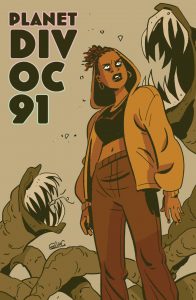
DR. BELLA STARLING: We wanted to provide an alternative narrative to the current COVID situation, which could really entice people to think about the science and social aspects of the pandemic, in a clear and creative way that is less dependent on facts and figures, but still correct and relevant. Our experience of working in this way is that people become more effectively engaged with a scientific subject matter, become more curious and confident to ask questions and seek further information, and ultimately express their voices about and within science.
SARA KENNEY: The project is participatory arts in nature, so we spend a lot of time talking to the young adults to find out what they’re thinking and feeling. Research for chapter 1 involved listening to the views of young adults in UK, China, South Korea, Malaysia, Thailand and Japan. I also spoke to scientists, a mathematical modeller, a medical philosopher/ ethicist and psychologists. The story is a reaction to those conversations and my own observations – rather than any specific goals in terms of informing readers. The story is more of a metaphor about how we ‘make sense’ of things when our world is thrown into turmoil – the ultimate ambition for the comic is to create a story that inspires others to reflect on their experience of the pandemic and share their views.
QUAINTANCE: I work as a journalist within the context of my day job, covering local government and its response with technology to the crisis. One challenge I’ve had is planning ahead, because the information about this crisis is so fluid. Was that a challenge for this project as well, and if so, how did you address it?
KENNEY: Yes and no! In this pandemic world things are moving so fast and often take unexpected turns. But we’re plugged in with some incredible experts, which allows us to scan the horizon and look back at past pandemics to think about what might happen next. This is also a problem for the articles – but we’re taking an interdisciplinary approach and the young adults are interviewing historians, sociologists, ethicists as well as scientists, so the content maintains its relevance.
STARLING: I work within a biomedical research environment, alongside many scientists, who have been directly involved in the COVID pandemic, many with advisory roles to the Department of Health and central government. Sara and the Academy of Medical Scientists also has access to a wide range of scientists, so, between us, we were able to keep abreast of the latest scientific development. It was very fast-paced as a project, but our experience as science communicators – like you! – helped us to distill and focus on specific areas of relevance to our #PlanetDivoc91 readership. A really important part of this project is to stimulate the comic’s readers, and the young adults involved in the co-creation of the comic and associated content, to feedback into science, to help define future pandemic research priorities, design and delivery, according to the perspectives of young adults.
QUAINTANCE: The writers, artists, and cover artists involved for this project are an impressive bunch. What sort of comics creators did you gravitate to for this project and why?
KENNEY: I’d had some great chats with Hannah Berry, Charlotte Bailey, Karrie Fransman and Zara Slattery about comics and health and I just love their work. Alex Paknadel because he’s a brilliant writer and I knew he’d have something smart to say! Alex encouraged Martin Simmonds and Nick Brokenshire to join the team. Charlie Adlard and Skybound allowed us to create an immersive/ science experience around The Walking Dead at Thought Bubble last year, so I felt although he’s a big talent, he was approachable and clearly, he’s been in practice for this project for the past 15-years! It was the brilliant David Hyde at Superfan Promotions who brought on a lot of the cover artists. Thanks David and all the artists for getting involved!
QUAINTANCE: I love that the medium for this is Webtoons. What drew you to that platform specifically for this project?
KENNEY: We asked the young adults whether they thought comics were a good idea for this project and they were all really enthusiastic – but they also suggested we make it digital. We’re always thinking about the best way to be inclusive and Webtoon has no paywall. Also 78% of Webtoon readers use their phone and our research revealed that most young adults have phones, but many do not have access to tablets or laptops. So it was mainly about being as inclusive as possible.
James Devlin our designer and colorist did a lot of tests in terms of what would work if we ever want to print this too – in my dream world someone will pay for us to print the collected edition, so we can place it in libraries and at the counter in supermarkets and cinemas. Also after chats with Charlie, rather than just having vertical scroll panel by panel, we thought it would be good to maintain some of the horizontal storytelling too. Does it work? We’ll let the audience judge!
QUAINTANCE: Ultimately, what type of audience do you hope this comic finds and what do you want them to get out of it?
KENNEY: Our primary audience is 16-25-year olds. That said we like to think that it will attract a wider audience… and wouldn’t it be brilliant if new audiences, go on to fall in love with comics and buy some of the incredible print comics that are out there too!
STARLING: Anyone and everyone! But mainly, young adults aged 16-25 who we think/hope #PlanetDivoc91 will appeal to.


